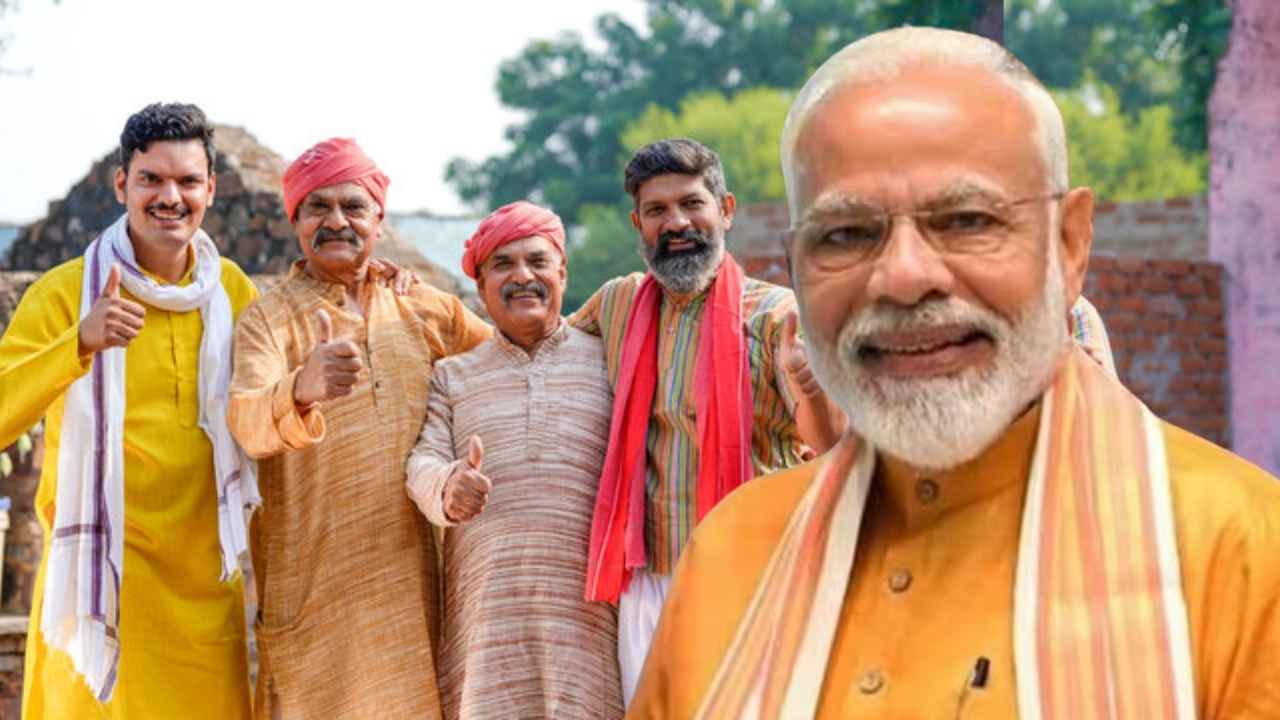Navratri is a significant nine-day festival dedicated to the worship of Goddess Durga, during which various forms of the goddess are revered. This year, Navratri commenced on October 3, 2024, and will continue until Vijay Dashami on October 12. Each day of the festival is associated with different forms of Maa Durga and is marked by distinct colors that devotees are encouraged to wear. Dressing in the specified colors is believed to enhance the connection with the respective form of the goddess, bringing blessings and positivity into one’s life.
The divine presence of Goddess Durga symbolizes the protection and strength of the universe. She manifests in various forms throughout the festival to combat evil and restore balance. The nine forms celebrated during Navratri—Shailputri, Brahmacharini, Chandraghanta, Kushmanda, Skandamata, Katyayani, Kalratri, Mahagauri, and Siddhidatri—each have unique attributes and significance. Below is a guide to the colors associated with each day of Navratri.
Navratri Color Guide
| Day | Form of Goddess Durga | Color | Significance |
|---|---|---|---|
| 1st Day (October 3) | Shailputri | Yellow | Symbols of happiness and prosperity; representing the start of the festival. |
| 2nd Day (October 4) | Brahmacharini | Green | Encouragement for discipline, success, and spiritual progress. |
| 3rd Day (October 5) | Chandraghanta | Gray | Well-being and satisfaction; helps in achieving inner peace. |
| 4th Day (October 6) | Kushmanda | Orange | Elimination of fears and obstacles; signifying strength. |
| 5th Day (October 7) | Skandamata | White | Purity and motherly love; establishing a bond with the divine. |
| 6th Day (October 8) | Katyayani | Red | Bravery and courage in overcoming challenges; signifies victory. |
| 7th Day (October 9) | Kalratri | Blue | Powers of enlightenment and spiritual awakening; reflects serenity. |
| 8th Day (October 10) | Mahagauri | Pink | Grace and moral purity; helps in rejuvenation and self-discovery. |
| 9th Day (October 11) | Siddhidatri | Purple | Fulfillment of wishes and spiritual accomplishment; provides blessings. |
Devotees across the world participate in Navratri with great fervor, dressed in the colors dedicated to each day’s worship, emphasizing the cultural significance of the festival. The practice of wearing these specific colors not only honors the goddess but also aligns the devotees with the energies associated with each divine form. The entire festival is a celebration of goodness over evil, with every prayer and garment contributing to the spiritual upliftment of the community.











